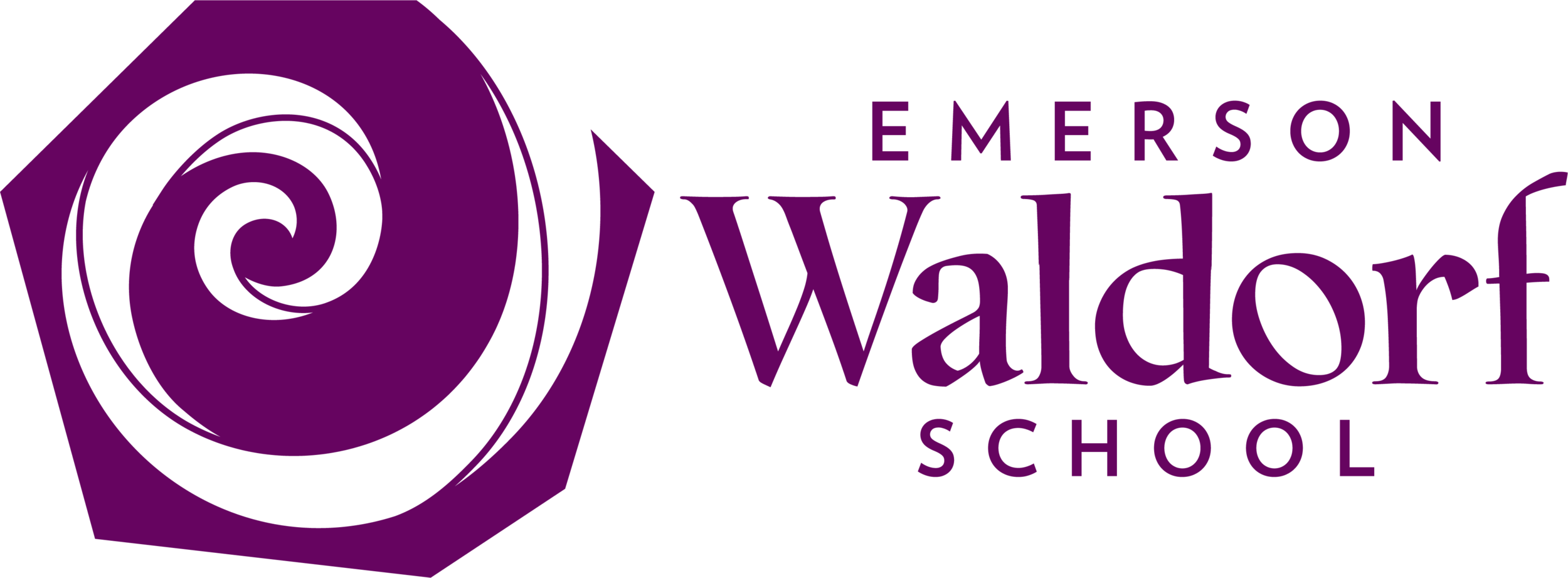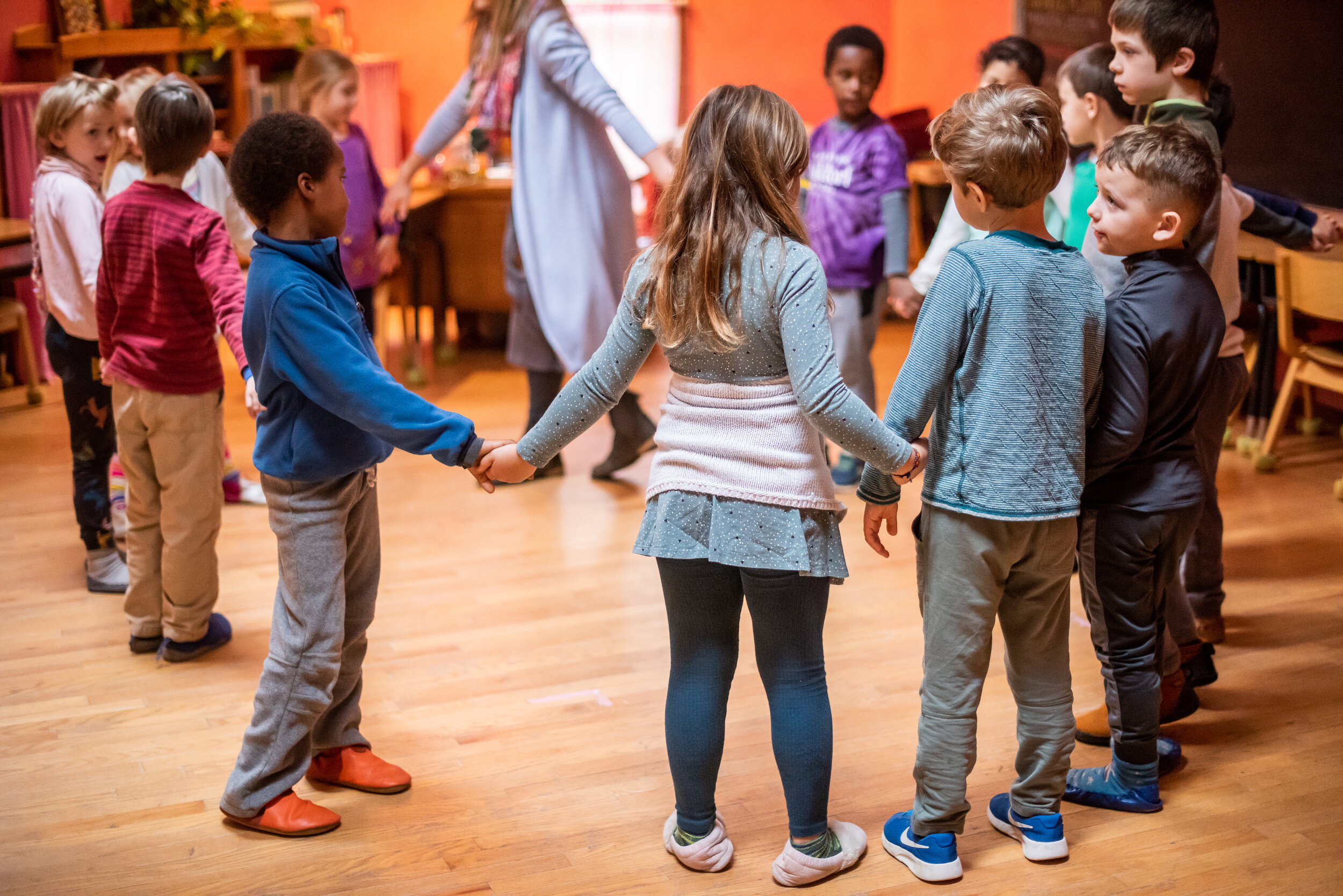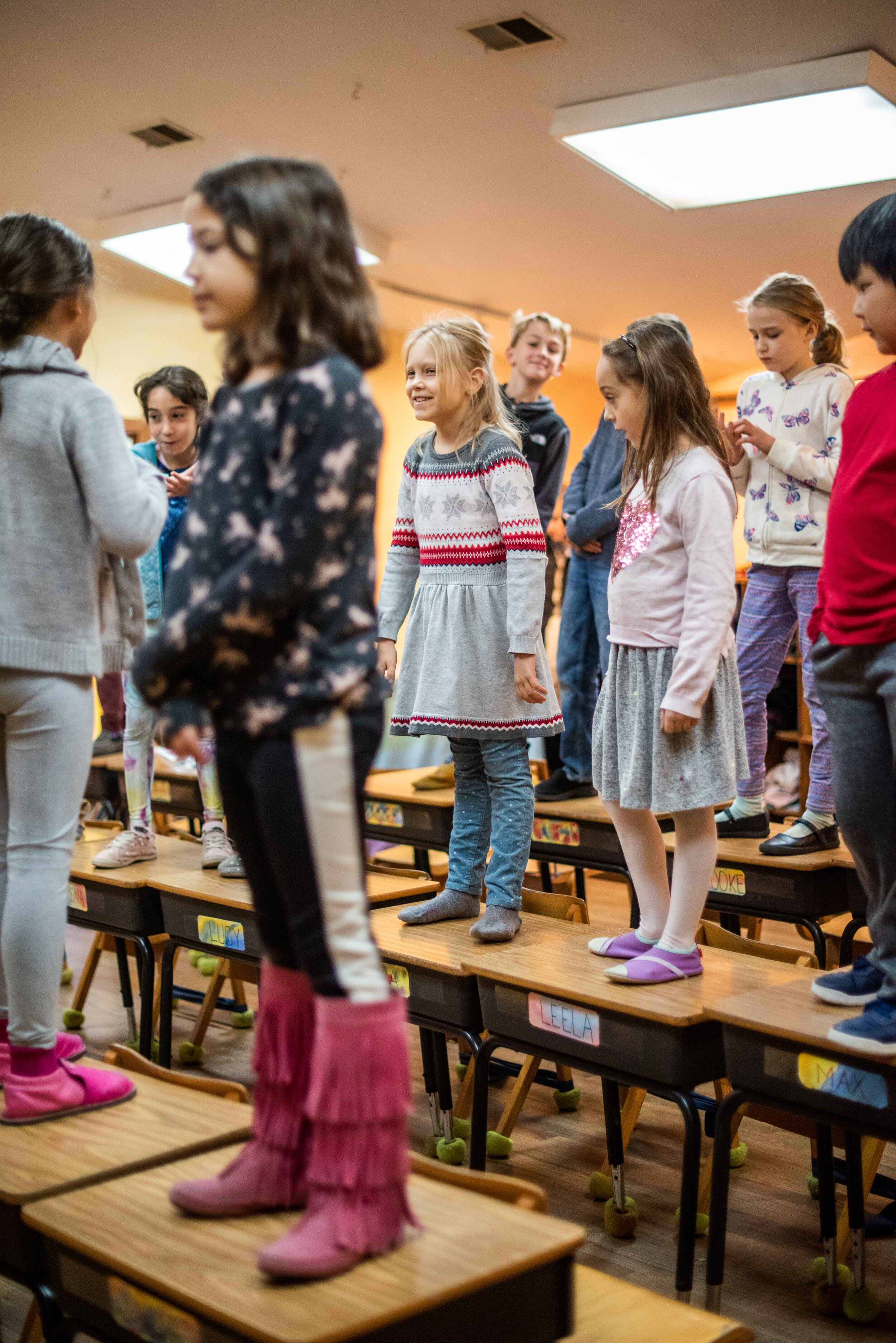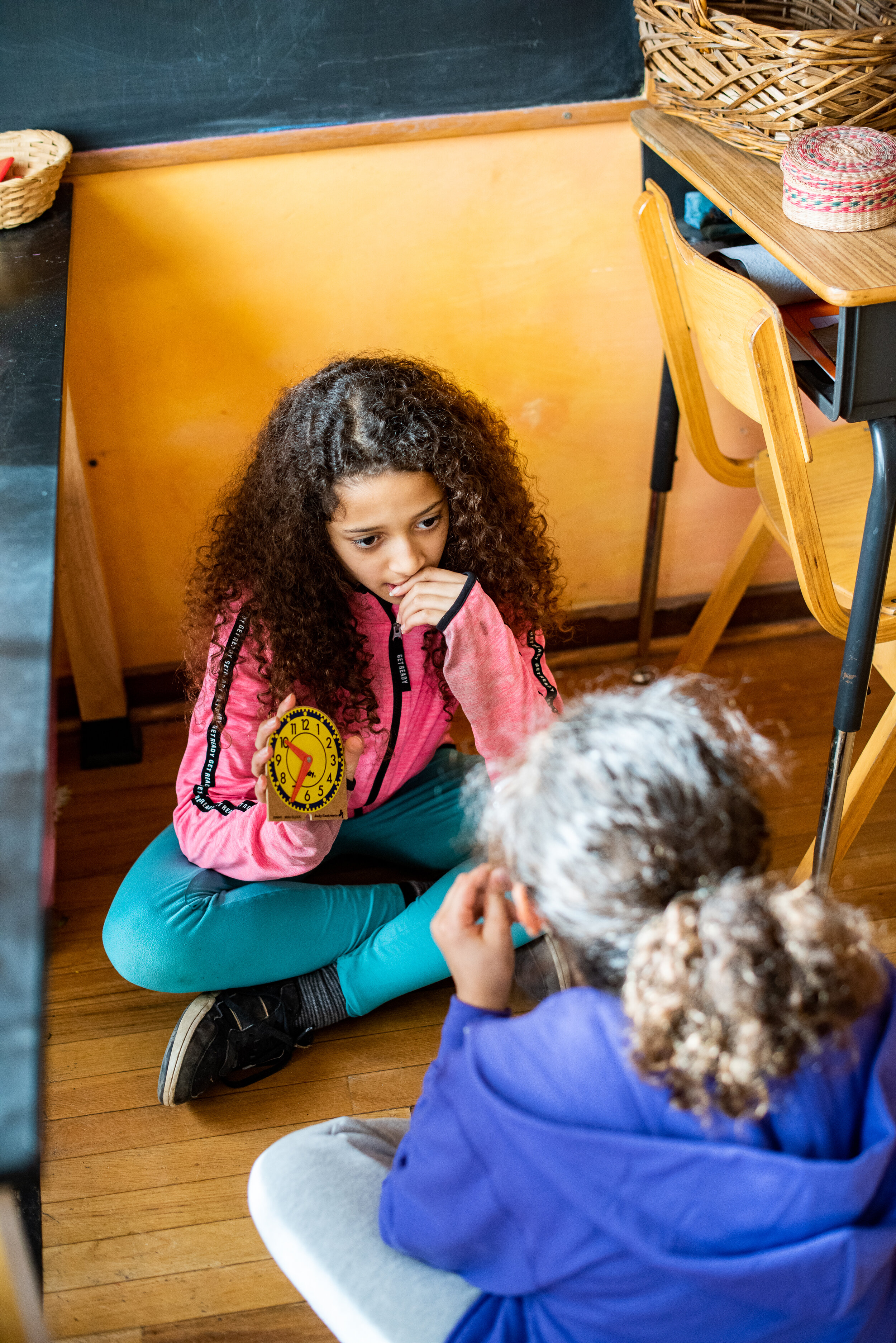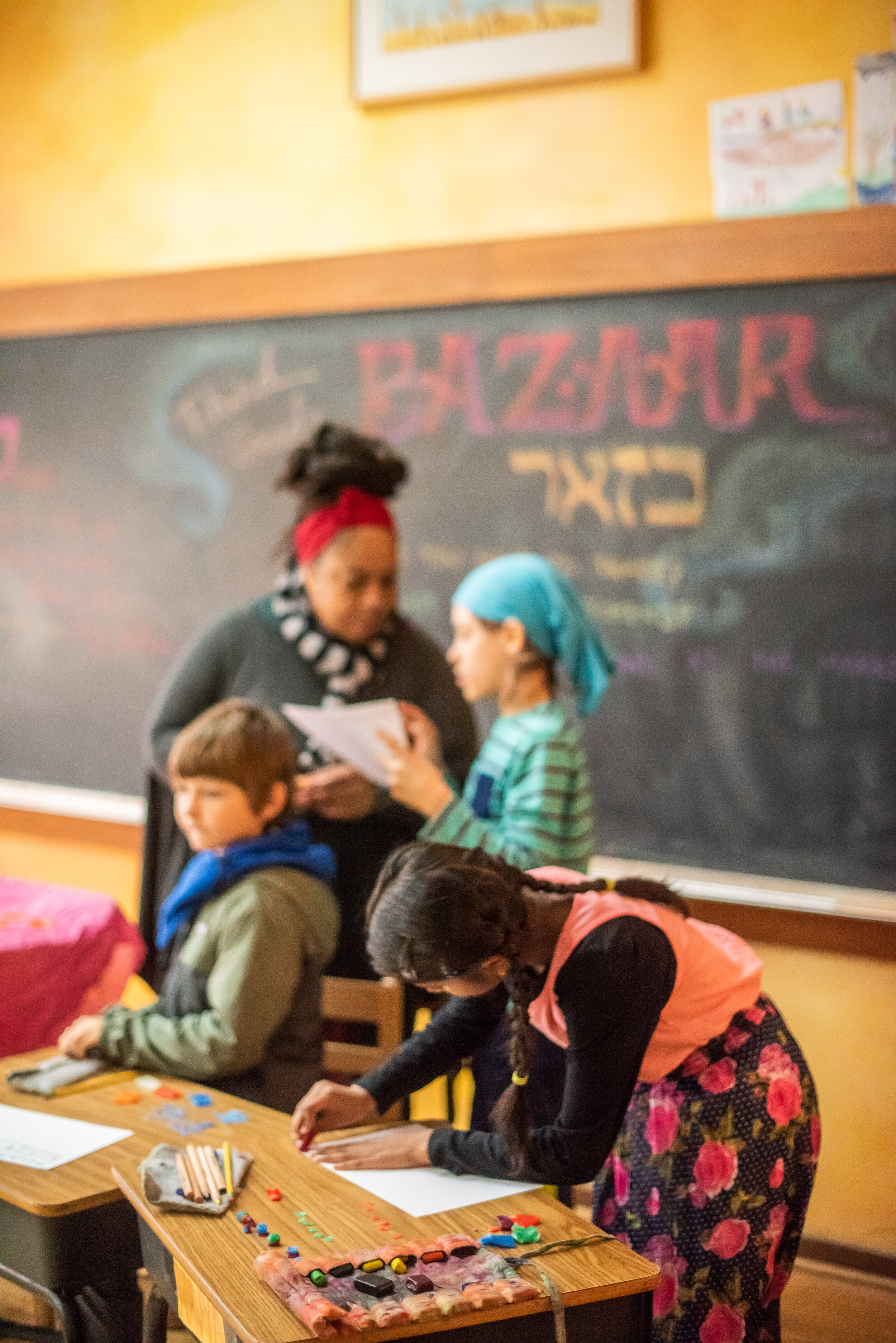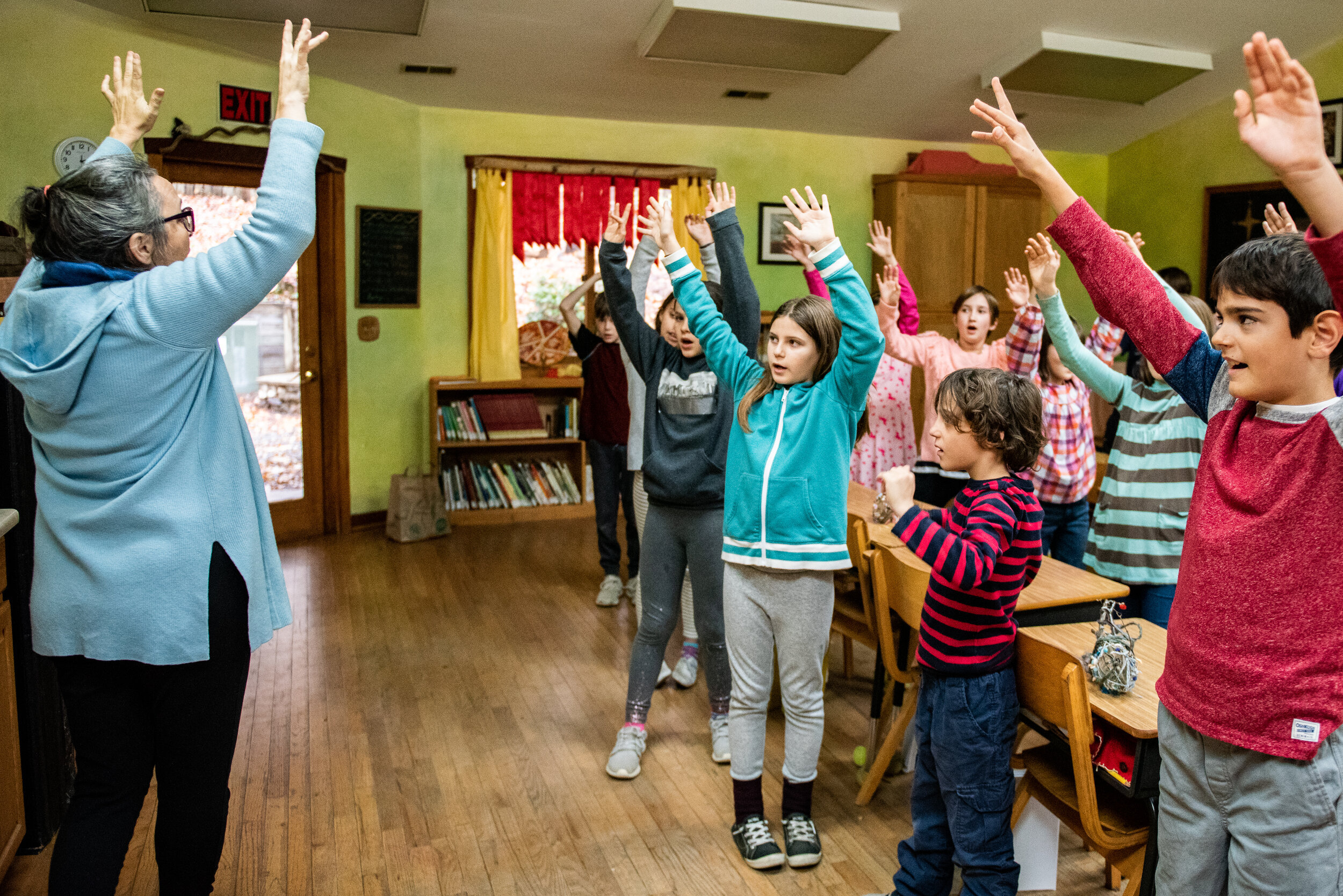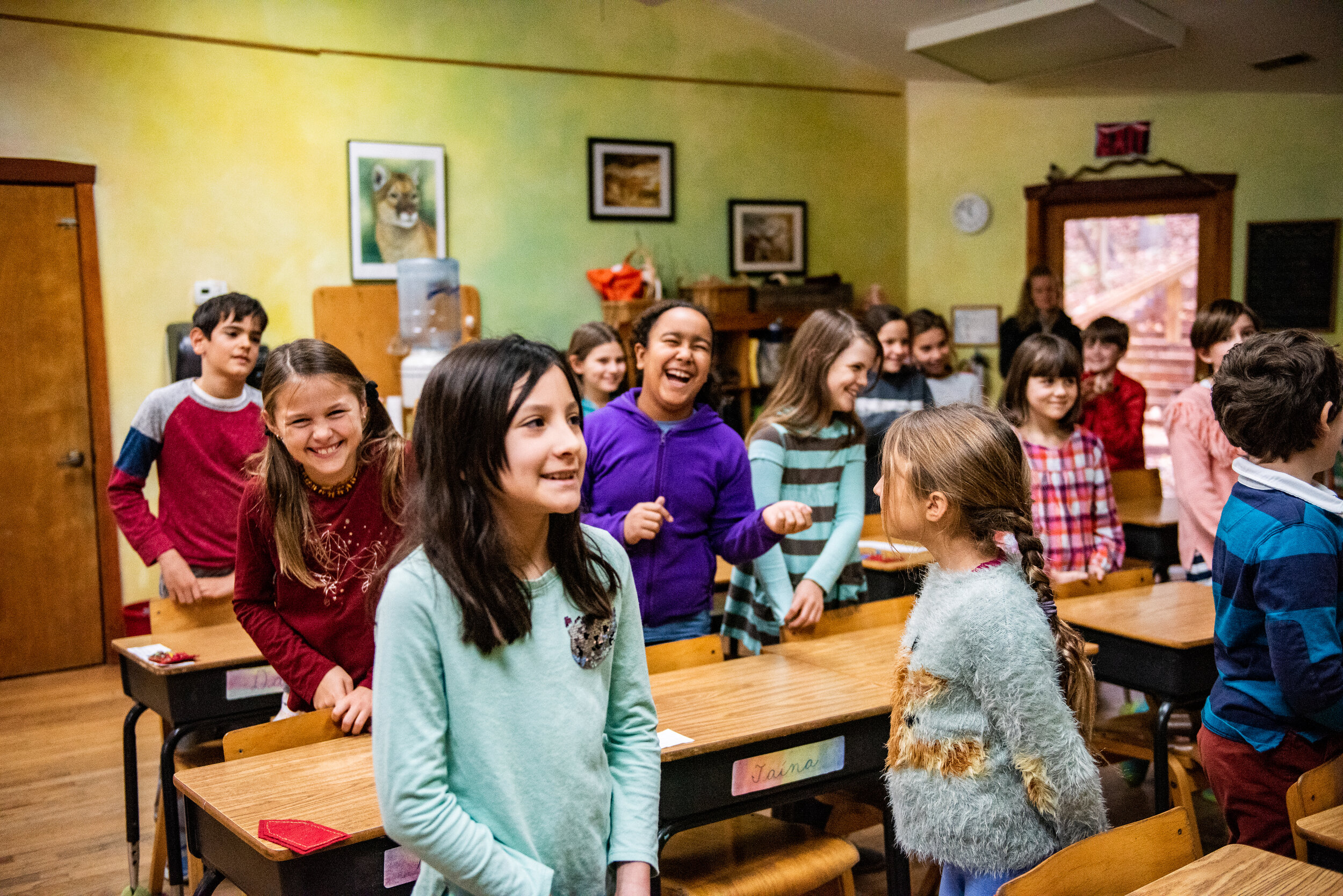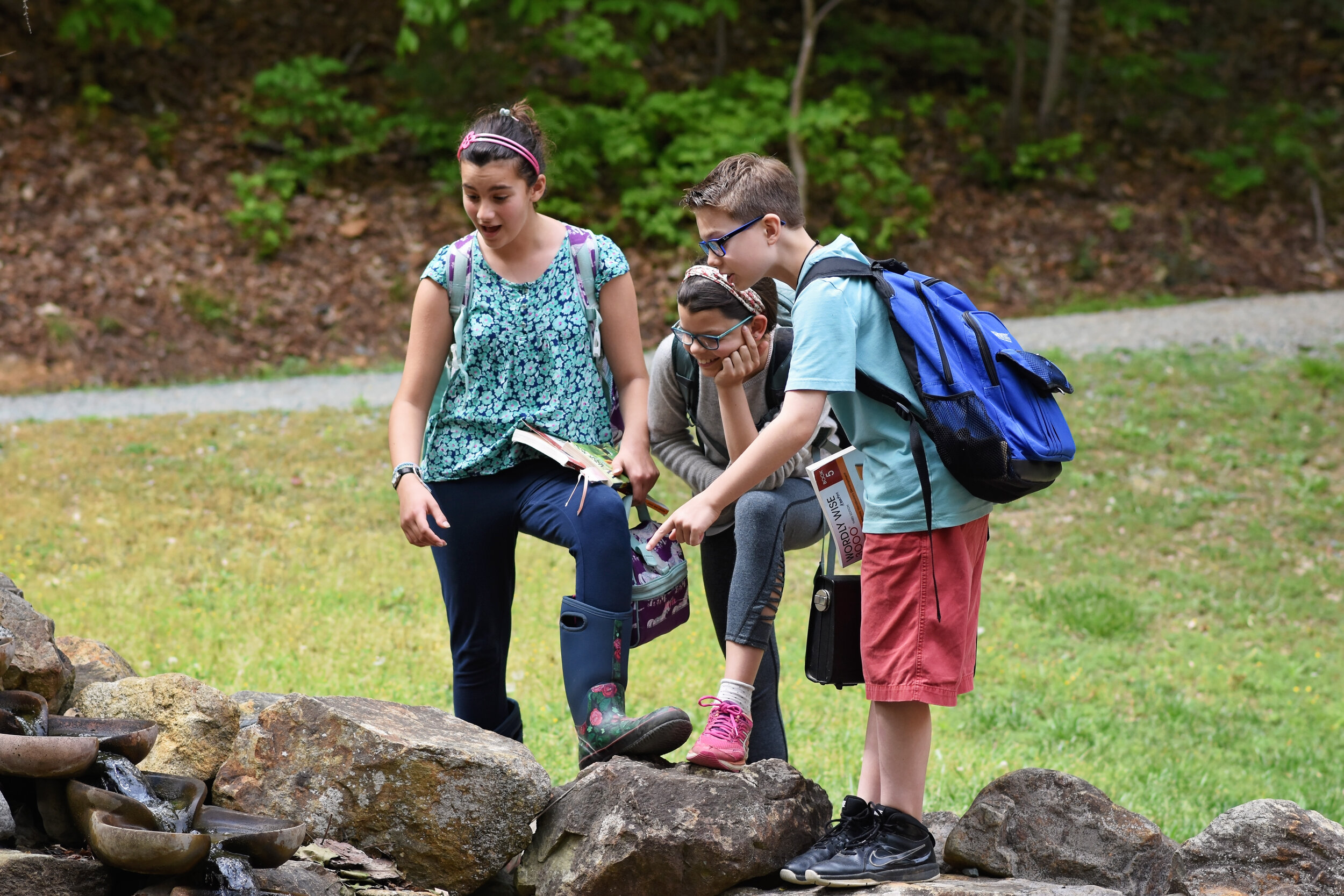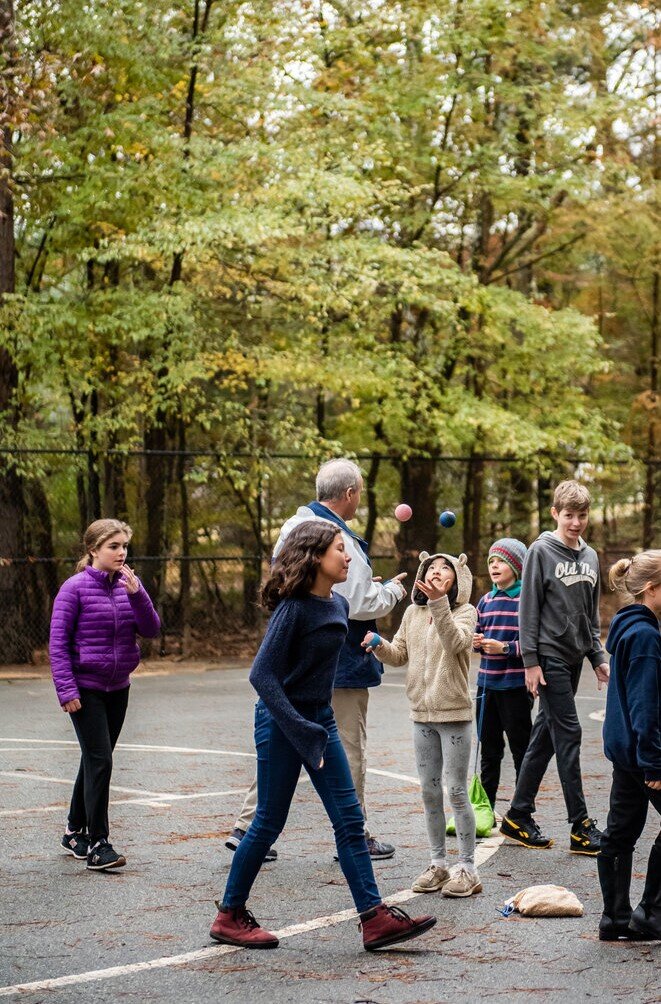Grade School
Developing potential
Emerson's Grade School builds students' capacities through a rigorous academic curriculum full of experiential learning and steeped in the arts.
1st Grade
Children come to first grade full of curiosity and are met by teachers who foster the skills necessary to learn, work, and play in an atmosphere of warmth and reverence. Around the age of seven, children reach a milestone as they make the transition to the middle years of childhood or the second seven-year period of development.
2nd Grade
The curriculum and experiences in the second grade year build on the foundation of first grade. Students transition from the experience of one and the whole to duality and comparison. The children enter second grade with an established relationship with their class teacher.
3rd Grade
The third grade curriculum speaks to the consciousness of the child who is turning nine. As this age, the child becomes more self-aware, and there can be a new sense of distance from the joys of early childhood. There might be questions about many things, some of them quite profound. The Waldorf curriculum is meant to reassure, nurture, and help the child move ahead with confidence through this significant threshold.
4th Grade
Fourth grade marks a clear change in the work the students do and what is expected of them. The habits and skills that have been developed are now put to use in tackling new and varied subjects. Animals are studied in such a way that the children must use their capacities for discernment to recognize and describe the unique qualities of each animal. The children also begin to explore their own environment, making maps and learning about the rich culture and ecosystems that exist in North Carolina.
5th Grade
At ten or eleven years old, the fifth grader can be seen as standing on a bit of a fulcrum or precipice. As if on a see-saw, one minute they can be looking back, acting like second graders, playing imaginative games or singing songs they learned years earlier, then the next minute they are acting like moody teenagers, trying on all the vivaciousness and attitudes they have observed in older students. Children start to look at what is coming in the teen years and wonder how they will handle the changes they are beginning to experience in themselves. It is a time for reflection, solidifying foundations and exploring how cultures of the world have grappled with the questions of existence. How did we get here? How should we behave towards the world and each other? How should I conduct myself honorably? How does one find purpose in life? What happens when we die?
6th Grade
Rudolph Steiner noted it is not until the age of 12 that a child can grasp causality or cause and effect; this ability opens up a new way to approach subject matter. In Geology, for example, the sixth graders not only sharpen their observations of the world around them, but also study how the movement of the earth changes the landscape and its inhabitants, and how our actions in the present will shape the world in the future. In Geometry, students learn what happens when the straight edge is not exactly straight or the consequences when the compass point has moved a fractional amount.
7th Grade
In seventh grade, the students often start their year with a block in Perspective Drawing. Through this subject, the students learn the exacting application of geometric laws and accompanying artistic skill. Geometry has immediate practical value. To make an accurate drawing of a house, of the interior space of a room, or specific details of a staircase requires perspective constructions. This develops an awareness and sense of objective observation. The atmosphere that is created in this block allows room for the sharing of ideas and encourages students to work together, thus creating a peer learning environment.
8th Grade
“The theme of eighth grade may be summed up as ‘Polarities’. Virtually everything that we study is approached from two perspectives, or, at least, leads the student to see for him or herself that there may be two good answers for any problem, two sides to any one issue... This emphasis on duality arises as the curriculum tries to meet, nourish, and perhaps balance the powerful forces of the eighth grader’s developing emotional life. It is the nature of the emotional life to manifest in paired opposites: sympathy and antipathy, joy and sorrow, love and hate, good and evil... Even the muscles that the students are developing and studying in their anatomy block, with their remarkable capacity to support a broad range of movements, are themselves reflections of this duality.”
Eugene Schwartz, Millennial Child, 2005
